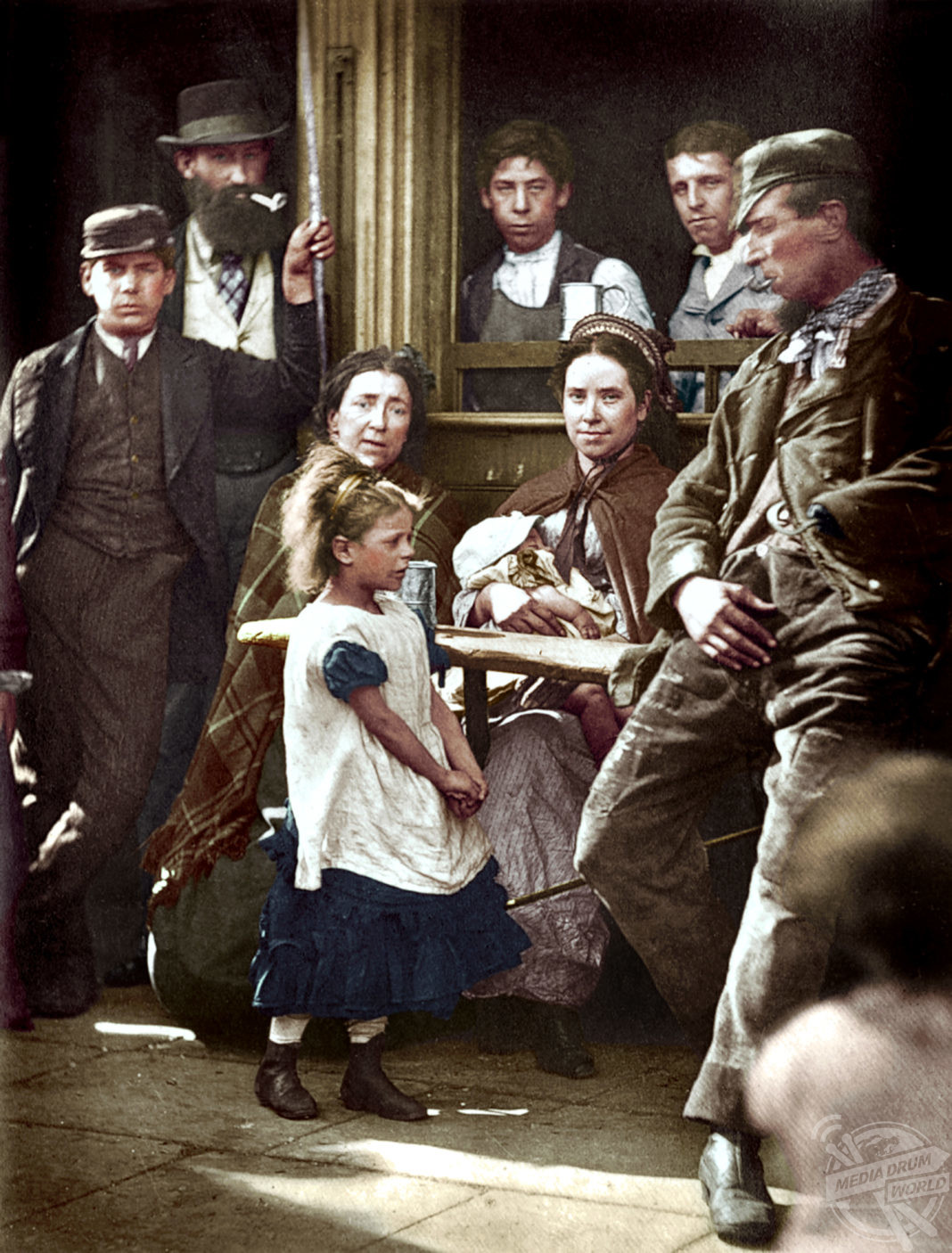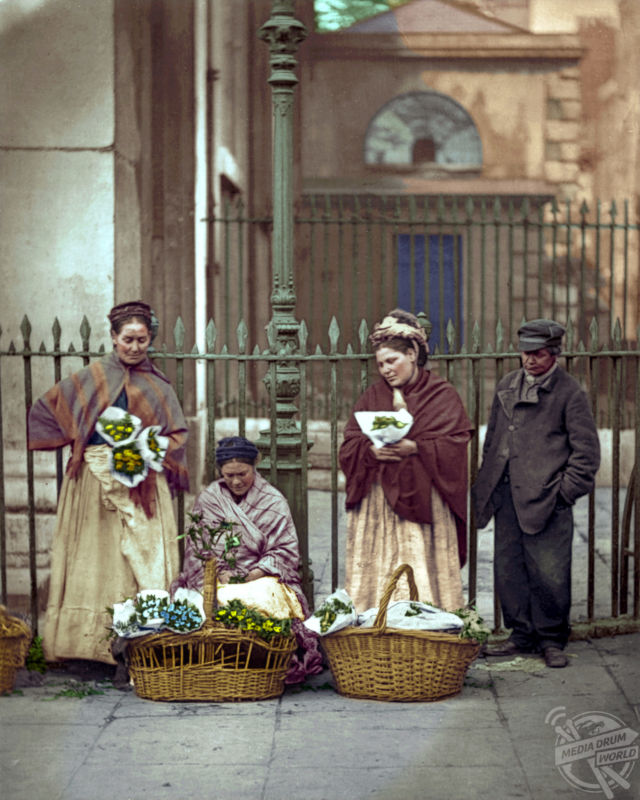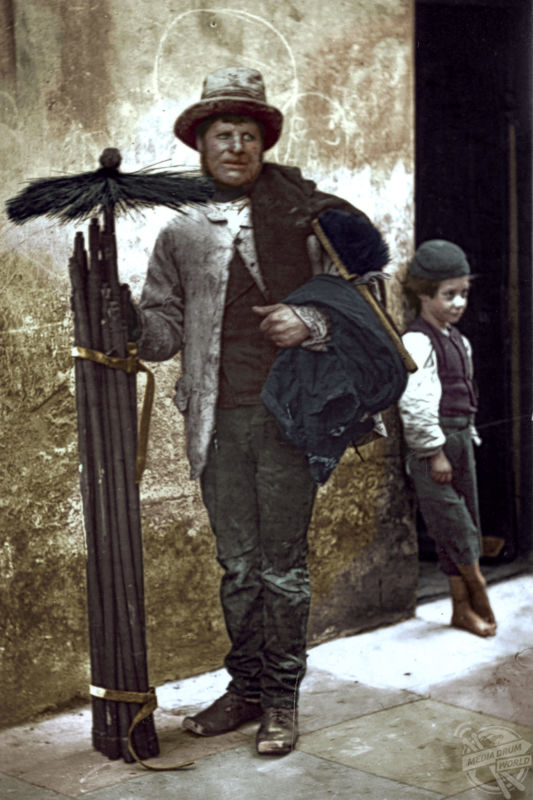
By Alex Jones
INCREDIBLE colourised photos bring all aspects of Victorian London to life – including street sellers, child labourers, and busking musicians.
The expertly colourised pictures, which were taken in the 1870s, the same decade that the famous British author Charles Dickens passed away, show a bustling London full of character – including flower women selling their wares at Covent Garden; posturing police officers on a recruitment drive at Westminster; and a shoeshine boy doing his best to earn enough money to buy some supper whilst dodging the coppers.

The photos, portraying all walks of life in the UK capital 150 years ago, have been vividly brought to life by Grant Kemp, a graphic designer with over two decades of experience in his field.
“From 1873 to 1877, Scottish photographer John Thomson collaborated with journalist Adolphe Smith to document the lives of London’s urban poor,” explained Kemp.
“Their project, Street Life in London, was released in monthly instalments and later as a single volume. Thomson and Smith combined unposed, documentary images of street vendors, beggars and other workers with interviews, essays and reportage, which explored poverty as a sociological problem to be studied and alleviated.
“I have produced colourised versions of 11 photographs that appeared in Street Life in London.
“Hopefully these colourised images help to bring the London of the 1870’s a little closer.”

Acclaimed photographer Thomson, who would go onto achieve a royal warrant for his work, and radical journalist Adolphe Smith, took on the fairly unheard-of task of introducing the middle and upper classes to the plight of the working folk.
In their book, Smith and Thomson write: “We have sought to portray these harder phases of life, bringing to bear the precision of photography in illustration of our subjects. The unquestionable accuracy of this testimony will enable us to present true types of the London poor and shield us from the accusation of either underrating or exaggerating individual peculiarities of appearance.”

Although frequently dismissive of the conditions poorer member of society found themselves in, Smith did at least attempt to lend a sympathetic ear to the people he portrayed and their all-too-often distressing stories. According to the London School of Economics Street Life in London, one of the very first books to include ‘true to life’ images, is now regarded as a key work in the history of documentary photography.
Striking images like these are featured in British author Michael D. Carroll’s book, Retrographic. It is available on Amazon now for £16.85.
For more information visit: https://www.amazon.co.uk/Retrographic-Historys-Exciting-Images-Transformed/dp/1908211504






